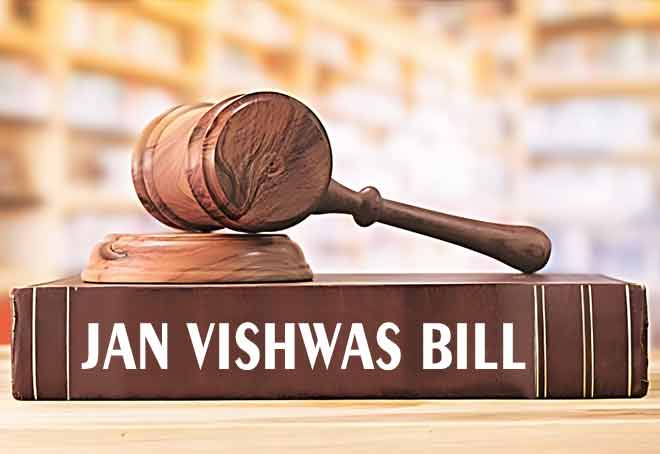Ashoka the Great: From Conqueror to Buddhist Monarch | UPSC GS Paper I
Explore the transformation of Ashoka the great from a fierce warrior to a compassionate Buddhist ruler. This comprehensive article covers Ashoka’s reign, the Kalinga War, Mauryan administration, Dhamma policy, and his role in spreading Buddhism—essential for UPSC aspirants preparing for GS Paper I (Ancient Indian History).
This blog is designed to help UPSC aspirants grasp the transformative leadership of Emperor Ashoka, a key figure in Ancient Indian History. Aligned with GS Paper I syllabus, it covers his early conquests, the impact of the Kalinga War, the evolution of Dhamma-based governance, his role in Buddhist propagation, and administrative reforms under the Mauryan Empire. Ideal for Prelims, Mains, and Essay preparation.

Introduction: Ashoka
Ashoka, the third monarch of the mighty Mauryan Empire, rose from a conqueror to become one of history’s most remarkable philosopher-kings. His rule (268–232 BCE) ushered in an era of unprecedented stability and growth across the subcontinent. At its peak, his vast empire spanned much of South Asia and beyond, extending from modern-day Afghanistan and parts of Persia in the west to Bengal and Assam in the east and as far south as Mysore.
In the early years of his reign, Buddhist chronicles describe Ashoka as a ruthless and iron-fisted ruler. Yet the bloodshed of the Kalinga War marked a profound transformation—horrified by the carnage, the emperor abandoned warfare entirely and embraced the peaceful path of Buddhism.
Transformed by this spiritual awakening, he devoted himself to spreading Buddhist teachings and governing with compassion. His just and generous rule earned him the title Devanampriya Priyadarshi—”Beloved of the Gods, He Who Looks Upon with Affection.”
The Kalinga War and Ashoka’s Transformation Through Buddhism
Ashoka’s Transformation after the Kalinga War
- In 265 B.C., Emperor Ashoka launched a violent military campaign to conquer Kalinga.
- Ashoka personally led the invasion and emerged victorious, but at a tremendous human and cultural cost:
- Cities were destroyed.
- The region was ravaged.
- Thousands of lives were lost.
- Deeply shaken by the bloodshed, Ashoka experienced intense remorse and guilt over the consequences of his actions.
- After returning to Pataliputra, he was haunted by the horrors of the war and fell into a period of spiritual and emotional crisis.
Ashoka’s Embrace of Buddhism
- Seeking atonement and inner peace, Ashoka renounced violence and turned to Buddhism for guidance.
- He was greatly influenced by his Brahmin Buddhist mentors, Radhaswami and Manjushri.
- Under their influence, he adopted the principles of Dharma (moral law) and integrated them into his rule.
- Ashoka became a strong proponent of peace, compassion, and ethical governance.
- His reign began to reflect Buddhist values focused on non-violence, welfare, and spiritual growth.
- This shift marked his transformation from Chandashoka (“Ashoka the Fierce”) to Dharmashoka (“Ashoka the Righteous”).
- His journey stands as a powerful example of personal redemption and enlightened leadership rooted in universal kindness and moral responsibility.
Administration of Ashoka
- After embracing Buddhism, Ashoka adopted a paternalistic style of governance, emphasising the welfare of his people.
- He ruled alongside his brother and a council of ministers, which included:
- Yuvaraj (Crown Prince)
- Mahamantri (Chief Minister)
- Senapati (Commander-in-Chief)
- Purohita (Royal Priest)
- He famously declared, “All men are my children,” underscoring his moral responsibility toward his subjects.
- The empire had a well-organised hierarchical administration, divided into:
- Provinces (Pradesha)
- Districts (Vishyas)
- Villages (Janapadas)
Major Provinces and Their Capitals:
| Province | Region | Capital |
| Uttarapatha | North | Taxila |
| Avantiratha | West | Ujjain |
| Prachyapatha | East | Toshali |
| Dakshinapatha | South | Suvarnagiri |
| Magadha (Imperial) | Central | Pataliputra |
Key Features of Mauryan Governance
- Provincial Administration:
- Provinces were semi-autonomous, typically governed by royal princes.
- However, financial control remained centralised under imperial authority.
- Checks and Balances:
- Frequent rotation of officials prevented the concentration of power.
- Pativedakas (inspectors) were deployed to oversee provincial administration.
- Legal System:
- Vyavahara Samahara – civil law
- Danda Samahara – criminal law
- Administrative Officials:
- Managed taxation, accounts, mining, markets, and agriculture.
- Amatyas (high officials) ensured justice and administrative efficiency and helped maintain central control.
- Espionage and Diplomacy:
- A sophisticated espionage system was in place to gather intelligence and manage diplomatic relations.
- Data Collection:
- Censuses were conducted to record population, caste, and occupational data.
Religious Policy: Ashoka’s Dhamma & Edicts
Ashoka’s Dhamma, promulgated around 260 B.C., was based on Buddha’s Dasa Raja Dharma, or ten principles of righteous rule. The principles were generosity, morality, sacrifice, honesty, kindness, simplicity, non-hatred, non-violence, patience, and respect for public opinion. Dhamma was a moral code to guide his tolerant administration to secure welfare and harmony for all societies. Ashoka issued 14 edicts to promulgate such ideals across his empire, as inscribed on his empire’s pillars to communities or regions, emphasising non-violence (e.g., prohibiting animal sacrifices), healthcare for humans and animals, humane treatment of prisoners, religious tolerance, charity, and ethical governance. He encouraged honest input, interfaith harmony, and virtuous living, emphasising dharma over conquest or fame. Ashoka’s Dhamma policy displayed a blend of Buddhist ethics and statecraft.
Ashoka’s Contribution to the Spread of Buddhism
Ashoka the Great championed ahimsa (non-violence), banned animal slaughter, and advocated vegetarianism. He rejected caste discrimination, promoting equality and religious tolerance.
As a patron of Buddhism, he convened the Third Buddhist Council and supported the Vibhajjavada tradition (later Theravada). To propagate Buddha’s teachings, he dispatched missionaries, including his son Mahendra and daughter Sanghamitra, to key regions:
- Seleucid Empire, Egypt, Macedonia, Cyrene (Libya), Epirus (Greece/Albania) in West Asia & Europe
- Kashmir (Majjhantika), Mysore (Mahadeva), Tamil Nadu (Rakkhita), Gujarat-Sindh (Yona Dhammarakkhita) in South Asia
- Thailand/Myanmar (Sona & Uttara), Nepal (Majjhima), Sri Lanka (Mahamahinda)
His Dhamma missions also spread Buddhist principles across his empire, leaving a lasting legacy.
Emperor Ashoka’s daughter Sangamitra’s arrival in Sri Lanka. Image Credit: WordPress
Ashoka’s Legacy
Emperor Ashoka was a zealous Buddhist ruler who built many stupas and viharas to help sustain the Buddhist community. The two most significant of those stupas were the Great Stupa of Sanchi, which is a massive architectural achievement and World Heritage site, and the Ashoka Pillar at Sarnath, which is famous for its four-lion capital that would be the inspiration for India’s national emblem. Ashoka’s architecture is indicative of his devotion to Buddhism, as well as its lasting significance to Indian history.
Subscribe to our Youtube Channel for more Valuable Content – TheStudyias
Download the App to Subscribe to our Courses – Thestudyias
The Source’s Authority and Ownership of the Article is Claimed By THE STUDY IAS BY MANIKANT SINGH





